All the Little Worlds: Reflections on Acting with Martha Henry, Diana Leblanc, and Marti Maraden – Part 1
Last year, in August of 2018, I sat down with three giants of Canadian Theatre: Marti Maraden, Diana Leblanc, and Martha Henry. “Three old white lady directors,” as Diana called them. Marti graciously welcomed us into her home in Stratford, and I sat by while the three discussed their lives and work. The conversation moved from acting to directing to artistic directorship; from consciousness-raising meetings in the 1970s to their various upbringings, to grant writing and navigating boards of directors, to theatre schools, to the plethora of odd jobs they worked when they were beginning their careers. They remarked on each other’s work—performances they admired, productions they loved, skill sets as ADs they respected. And throughout they always made me feel like an artist among them, not the nervous theatre school student I felt like sitting at the feet of these incredibly accomplished and fiercely intelligent women.
When I’d finished transcribing our conversation, it was eighteen thousand words and fifty-two typed pages. (That doesn’t include the separate, earlier conversations I had with each of them so I could get their not-quite-complete-life-stories from their own mouths.) I’ve been somewhat paralysed by the task of reducing it all down to these few pages, leaving out so many valuable insights, experiences, lessons, and stories. But I have done my best, trying to capture something special from my time with them.
All three have tread similar paths: beginning as actors, finding directing through teaching, and then leading theatres as artistic directors. But they come from very different backgrounds and have very distinct personalities. When a friend asked me how it was, just after I’d met with the women, I blurted out some sweeping generalization like, “Marti is so warm and kind, Martha is like a laser beam, and Diana doesn’t give a fuck.” (Diana does, of course, give a fuck. The word “provocative” must have escaped me at the time.)
Martha Henry was born in Detroit, Michigan in 1938 and grew up with her grandparents in Greenville after her parents divorced when she was five years old. Her mother, a gifted musician who could play anything with keys, travelled back and forth between seeing Martha in Greenville and working in Detroit to support them financially. While playing in a large wooden trunk at her grandparents’ house one day, young Martha found two little paperback books. They were plays. Reading the dialogue between the characters in a play she’s now forgotten, Martha realised that she was holding in her hand a world that was defined. In her own life, she felt the world was functioning around her, but no one would tell her how it was functioning. In these plays, the world was ordered, and she could be a part of it. She remembers feeling that she had the answer, and no one could take it away from her. When she was seven, Martha enrolled as a Brownie because she knew they did a play. Winning the coveted role of the Fairy (by virtue of owning a fairy-appropriate blue dress), she made her stage debut. By the time she was fourteen and had moved back to Detroit to live with her mother, she knew that the theatre would be her life.

From left to right: Diana Leblanc, Martha Henry, Christine Horne, and Marti Maraden. Photo by Mike McPhaden.
Diana Leblanc was born in Montreal, Quebec in 1943 and grew up in a bilingual family with an anglophone mother and francophone father. They spoke English at home, but she and her younger sister attended French Catholic schools. When I asked her if she’d always wanted to be an actor, Diana said, “I always wanted to be a ballet dancer.” She was completely immersed in dance all through her childhood and teen years and took acting lessons at first to help her ballet. Academically gifted, Diana completed high school at fifteen and was accepted both at McGill and into what would be the first year of the National Ballet School. Because she was still so young, her parents (who, due to their own disintegrating marriage, we’re only just noticing how serious their daughter was about dance) let her do a year of training at Les Grands Ballets in Montreal instead. But Diana was beginning to realize that she didn’t have the “right” body to be a ballet dancer and, though she’d been offered a place at the National Ballet School, had to painfully let go of that dream. She knew she could still accept the offer to McGill, and her dance teachers suggested that she could teach ballet, but she wasn’t passionate about either of those paths. Then she saw an ad in the Montreal Gazette for something called the National Theatre School (NTS.) She auditioned in French at age seventeen and was accepted into the school’s first class. The heartbreak she had felt over the crumbling of her ballet career vanished, and she fell in love with words.
Marti Maraden was born in El Centro, California in 1945 and raised in Minneapolis, Minnesota. Her father served in the Marine Corps during WWII and afterwards became an industrial designer. He likely suffered from PTSD, undiagnosed at the time, which resulted in a lifelong and highly destructive addiction to alcohol that profoundly affected his family. It turned Marti inward, and in part led her towards the world of imagination. Her mother stayed at home with Marti and her two younger siblings, always encouraging and facilitating their creativity. School, however, is what she feels saved her. As a teenager, Marti was in an accelerated program, and she credits extraordinary teachers with introducing her to complex literature, maths, and science. In addition to her academics, Marti played music for the school plays and worked on the production crew. At fifteen she was cast as Anne Frank in her school’s production, and that was it. She had no experience but knew how to make-believe and tell stories. “It’s funny,” she said to me. “How do you know you’re an actor? And then all of a sudden, there you are.”

From left to right: Diana Leblanc and Martha Henry. Photo by Mike McPhaden.
Our conversation began like this:
CHRISTINE HORNE: Diana has asked me about forty times why I’m doing this –
DIANA LEBLANC: – It was only three times –
CH: So I guess my question just to start us off is why you said yes. Why any of you agreed to do this. Why did you want to do it?
DL: I said yes because I know you and like you. I did it because we’ve worked together, and I thought, “She wants to interview three old directors.”
MARTHA HENRY: And I did it because I thought it was an interesting project.
CH: And did it feel like something worth doing? Because I feel like… I think we could talk about anything and I think there’s great value in anything that comes up. Did you also feel that? Did you feel like there things you could offer? That you wanted to offer?
DL: No.
[laughter]
CH: No? Not at all? Oh God!
[laughter]
DL: I probably won’t shut up having said that.
CH: Great, that’s perfect.
DL: I thought it was interesting. I was curious to hear what Martha and Marti had to say. Because it’s an easy grouping, to put three old white lady directors together. I don’t think you were assuming we all have the same things to say.
CH: No, not at all. Not at all.
MH: And also we’ve all had, obviously not the same, but very similar background experiences. Because we all started as actors and then moved into directing.
MARTI MARADEN: And we’ve all been artistic directors as well.
CH: Exactly.
MM: And knowing that Martha and Diana were part of this, I wanted to see you—as good a reason as any—but I thought it would be very interesting to be in your company as we talked about things. And I suppose… I remember doing a panel on women directors in the theatre and starting it by saying, “I hope I live long enough to see the day when there are no longer any panels on women directors”—
DL: —yes exactly—
MM: —But I think we’re not there yet. And I think back to Martha and I doing consciousness-raising meetings back in the 1970s when this whole major surge in feminism went forward, and I think that we learned that one must always be vigilant. And so anything we might say to younger artists coming up, male or female, from any background, are maybe things that might point the way to keeping that vigilance.
“What’s a consciousness-raising meeting?” I ask. “Oh, you’re so young,” replies Martha. Consciousness-raising meetings, she explains, were exactly that: a way to gather and converse and make themselves and each other aware of the systemic oppression they were facing as women. Though feminism had of course been around for years, it had become a pressing topic for their generation at that time. And as women working in the theatre. “We were trying to establish ourselves as people in an industry that usually looked upon us as less than,” says Martha, “and as adjuncts, and as supporters, and subordinates.”
MM: I remember somebody that I came to deeply love, the producer at the time, John Hayes, when I asked if there was a possibility of having slightly above the base salary I was offered the first time I came to Stratford, because I would have to pay my rent back in Vancouver where my husband was still living. He said, “No, we only offer slightly higher salaries to men because they have families to look after.” And this was just normal thinking. I remember I balked at it, so I think part of me was questioning that sort of thing by the time I was here at the Festival and as the ‘70s progressed. And we met with women in the community, too, they weren’t all theatre people. Many of them were housewives or people who worked in this community or other areas—
MH: —one of the librarians, a woman who owned an antique store on Ontario Street…
CH: And it was meetings of just women, or was it raising consciousness of—
MM: —Just women. So we could question everything. You know, equity in employment, whether boys played with girls toys or girls played with boys toys, I remember coming under discussion… You know, in what ways do we imbue women, girls, children with a sense of where they belonged in life and should that be questioned.

From left to right: Christine Horne and Marti Maraden. Photo by Mike McPhaden.
By the time Marti was twenty-three years old, she had been in forty plays between high school, summer stock, community theatre, and university productions. At the end of her time in the theatre program at Michigan State, she was offered a job at the Asolo Theatre in Sarasota playing Antigone. She would have to leave school three weeks early and asked her instructors if she could finish the rest of her year by correspondence. Her geology professor denied the request, but when a theatre prof astutely asked her if she wanted “to be a BA or an actress,” she left without the degree. She settled in Vancouver in the late sixties and began her Canadian theatre career. She was invited to the Stratford Festival in 1974.
After completing her first year in French, Diana transferred to the English section of NTS (where Martha Henry was also a student and a lifelong friendship developed between the two). In her third year, she was pulled out to join the first season of Neptune Theatre and spent the next five years in Halifax before moving to Toronto. Though she’d always assumed she’d work in both languages, she was seen primarily as an English actor. She recalls her first years in Toronto as “a blur of rejection and depression,” but acting jobs did come along, including the television series The Swiss Family Robinson and the beginning of her relationship with Théâtre français de Toronto.
Much like Marti, Martha amassed an astonishing number of theatre credits by a very early age, due in large part to summers spent with the Sun Parlour Players in Leamington, Ontario while she was still attending theatre school at Carnegie Tech. In Leamington, she learned a new show every week – Ruth in Blithe Spirit, Gwendolyn in The Importance of Being Earnest, Eliza Doolittle in Pygmalion. When she looks back, she finds it “incomprehensible.” She had no idea how to do those roles, she says, and likely played many of them terribly: “But did I ever learn how to learn a part.” Her fellow actors were Canadian, and they didn’t talk about going to New York to make it—they talked about going to Toronto. She’d been going to see plays in Stratford with her mother since the festival began, and she knew there was nothing like that in the States. She made the move from Michigan to Canada and has been here ever since.
The number of actors and theatres the three of them mentioned that I’d either never heard of before or sounded only vaguely familiar to me was something I found pretty shameful—and oh the admonishing “Christine”s I’d get from Martha when I confessed yet again to not knowing who she was talking about—but it was also incredibly fascinating and moving. I felt like I was back in theatre school, not just because I was receiving a Canadian theatre history lesson from three of the best, but because it was waking up so many of the hopes and dreams I had had at the time. At eighteen I wanted nothing more than to travel around the country as a classical leading lady. Only in my wildest dreams would I have ended up, another eighteen years later, sitting down to chat with these three. A surreal and unimaginable gift.
To be continued…


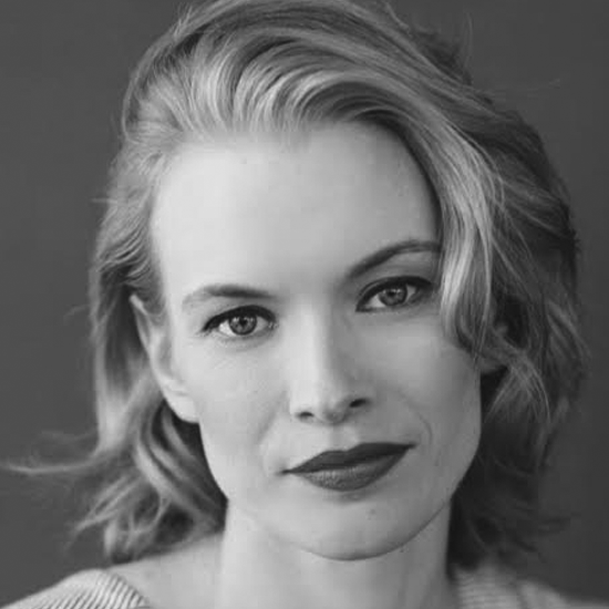






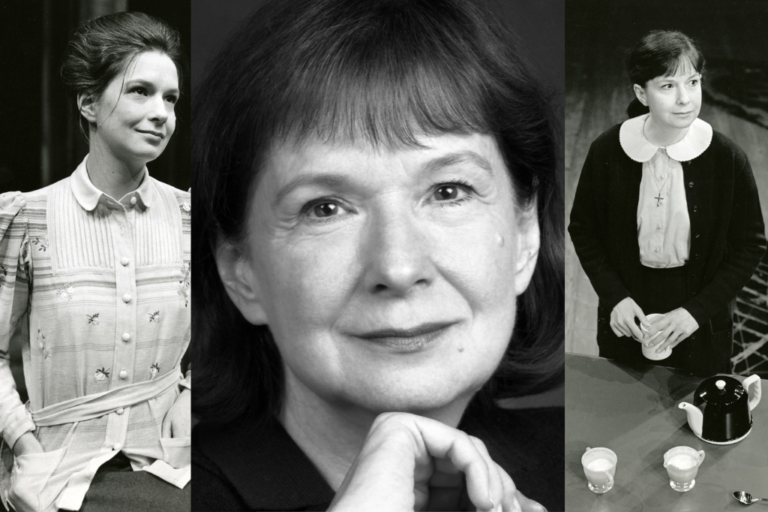
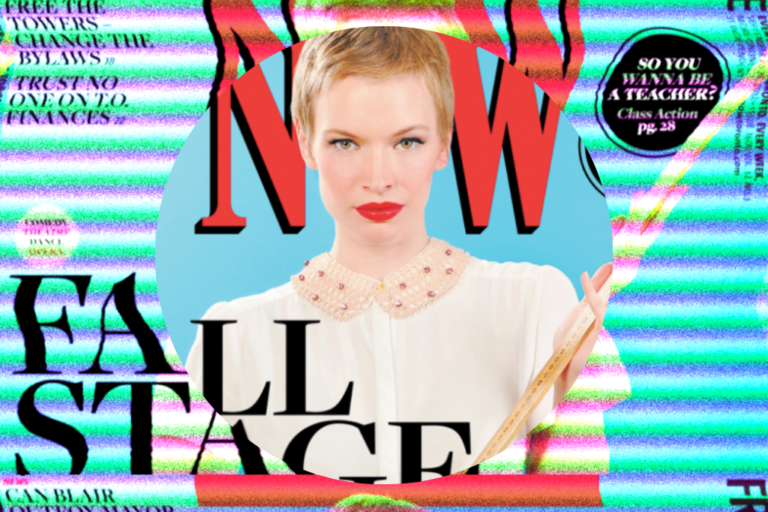


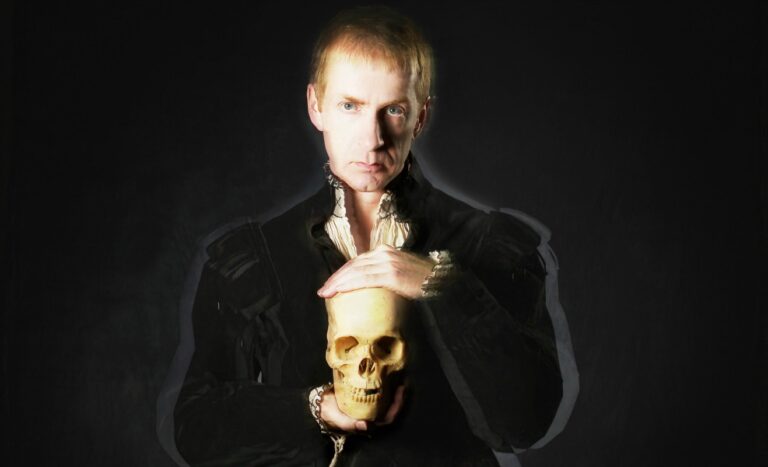
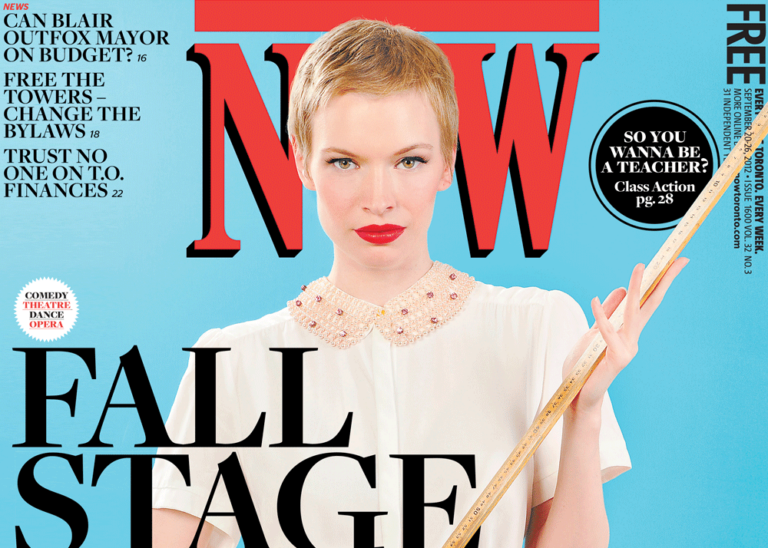
Comments